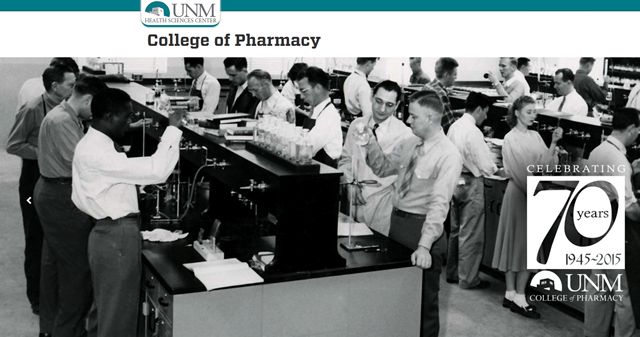
Pharmaceutical Sciences ETDs
Publication Date
4-1997
Abstract
Polycyclic aromatic hydrocarbons (PAHs), are known immunotoxicants in animals, and are suspect toxins to the human immune system. The mechanism(s), however, by which PAHs exert immunosuppression have not been fully elucidated. Previous studies conducted in our laboratory have shown that PAHs, such as 7,12-dimethylbenz(a)- anthracene (DMB A) and benzo(a)pyrene (BaP) may exert their immunotoxic effects by altering intracellular calcium (Ca2+) homeostasis in lymphocytes. Intracellular Ca2+ is an important second messenger in the immune response, and the mobilization of Ca2+ is critical in the transduction of intracellular signals from the plasma membrane to the nucleus. The overall objective of this project was to examine the effects o f PAHs on intracellular Ca2+ levels in human immune cells, particularly B lymphocytes. In these studies, it was shown that highly immunosuppressive PAHs, such as DMBA and BaP, produced a time-dependent increase in intracellular Ca2+ in normal human peripheral blood B cells, T cells, and monocytes. Benzo(e)pyrene (BeP) and anthracene, however, did not produce a statistically significant elevation in intracellular Ca2+. While studies have shown that certain PAHs, such as DMBA and BaP, exert their immunomodulatory effects directly, other researchers have shown that PAH-induced immunotoxicity may be mediated by the reactive metabolites of PAHs. Our laboratory has previously shown that the suppression o f T cell mitogenesis produced by PAHs and certain BaP metabolites is reversed by treatment with the cytochrome P450 inhibitor, a-naphthoflavone. Therefore, a second objective in this research was to evaluate the potential role of cytochrome 450 and certain BaP metabolites in PAH-induced Ca2+ elevation in human B lymphocytes. Both of the BaP metabolites examined, BaP-7,8-diol and BaP-7,8-diol-9,10-epoxide, were more potent in producing an elevation in free intracellular Ca2+ than the parent compound. Additionally, the Ca2+ elevation produced by BaP-7,8-diol was completely blocked by pretreatment with ANF, suggesting a role for P450 activation. ANF had no effect on the Ca2+ elevation produced by BaP-7,8-diol-9,10-epoxide, suggesting that this may be the active metabolite responsible for Ca2+ elevation. The activation of PTKs is a significant intermediary step involved in B cell receptor-mediated proliferation and activation. Previous work in our laboratory has demonstrated that PAHs, such as DMBA, activate Src-family protein tyrosine kinases. The final goal of this project was to examine the role of protein tyrosine kinase (PTK) activity in PAH-induced alterations in Ca2+ homeostasis. Pretreatment o f cells with a potent PTK inhibitor, herbimycin A resulted in a significant reduction of the Ca2+ elevation produced by BaP-7,8-diol and BaP-7,8-diol-9,10-epoxide, suggesting that PTKs play a role in Ca2+ elevation. These two BaP metabolites also produced an increase in tyrosine phosphorylation o f Syk and Lyn tyrosine kinases, which correlates with the activation of these PTKs. In summary, these results suggest that PAHs mediate immunosuppression by disrupting intracellular Ca2+ homeostasis and these alterations in Ca2* are possibly associated with cytochrome P450 and protein tyrosine kinase activity.
Fourth Committee Member
Griffith, Jeffrey
First Committee Member (Chair)
Burchiel, Scott
Degree Name
Pharmaceutical Sciences
Second Committee Member
Johnson, Neil F.
Level of Degree
Doctoral
Third Committee Member
Marcus, Craig
Department Name
College of Pharmacy
Language
English
Document Type
Dissertation
Keywords
cells, intracellular, tyrosine, phosphorylation, epoxide, lymphocytes
Recommended Citation
Mounho, Barbara J.. "ALTERATIONS IN HUMAN B CELL CALCIUM HOMEOSTASIS BY POLYCYCLIC AROMATIC HYDROCARBONS: POSSIBLE ASSOCIATIONS WITH CYTOCHROME P450 METABOLISM AND INCREASED TYROSINE PHOSPHORYLATION." (1997). https://digitalrepository.unm.edu/phrm_etds/27
